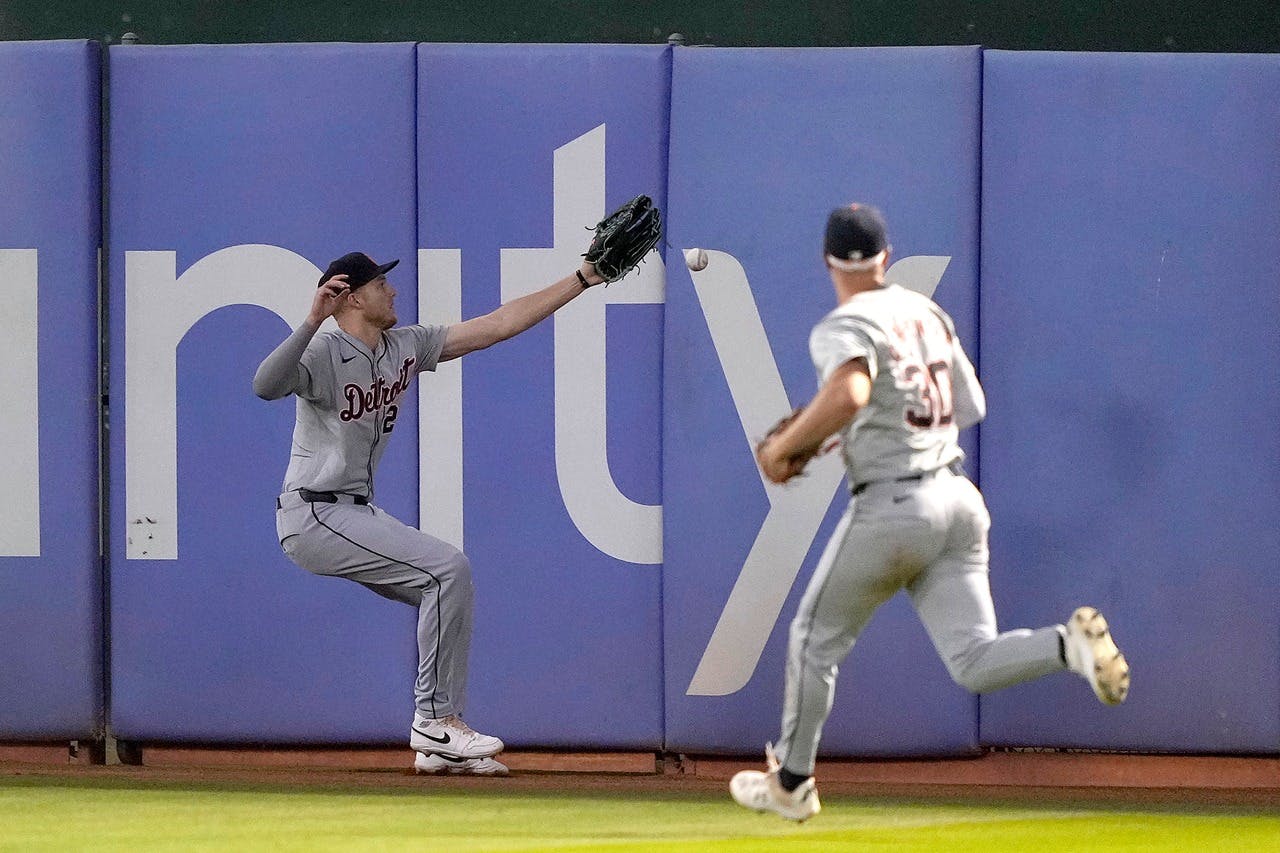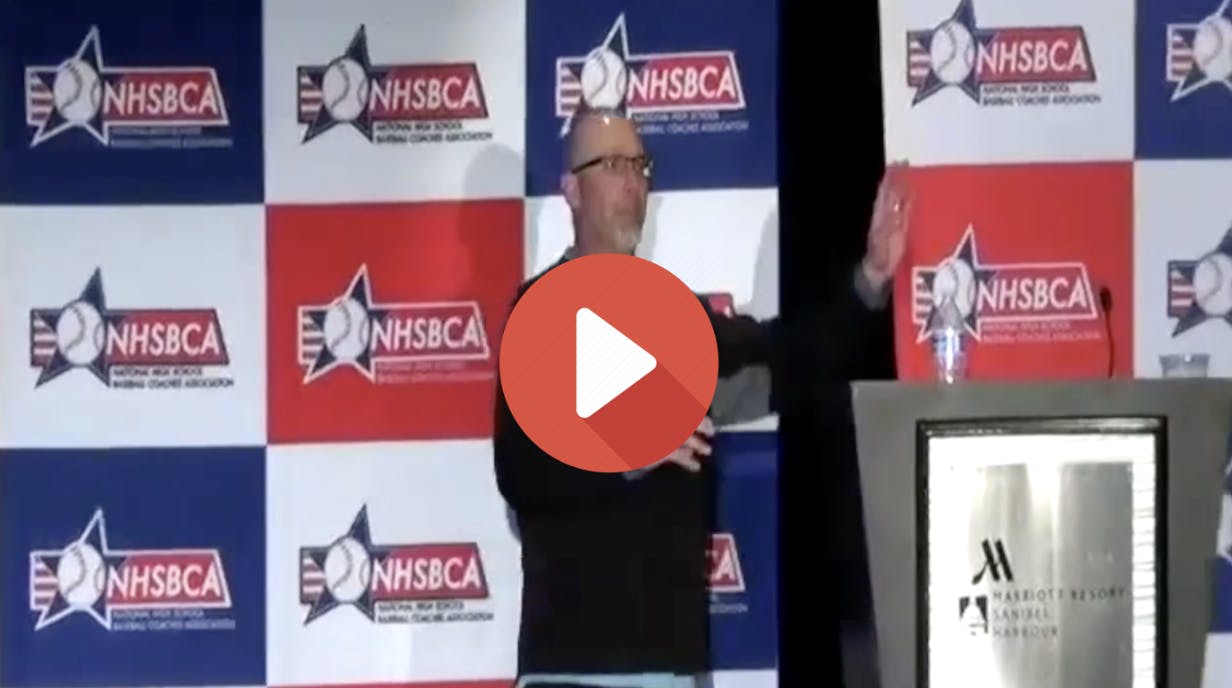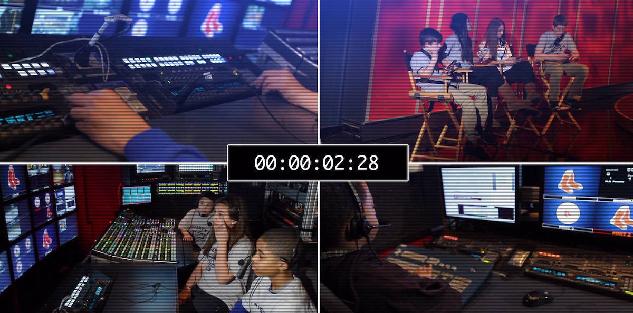Featured courses
- Understanding The Shift by Brandon Ogle
- Two Drills to Improve Outfield Movement and Communication by Grant Young
- The Ultimate Resource For Coaching Youth Baseball by Jackson Chlebowy
- Become a Master at Bunting by Brandon Ogle
- 5 Reasons Why There Is More To Good Base Running Than Just Speed by Brandon Ogle
- Three Injury-Prevention Tips For Your Offseason Pitching Program by Grant Young
- How to Teach Hitting to the Next Generation by Grant Young
- Developing Defensive-Minded Baseball Catchers by Grant Young
- 3 Baserunning Tips to Score More Runs in Baseball by Grant Young
- 5 Outfield Drills to Work on in Season by Alec Burris
- Keys For Scoring More With Runners on First and Third Base by Grant Young
- How to Develop Your Game to Become a Five-Tool Player by Brandon Ogle
- 3 Coaches Share the Keys to Running Baseball Practice the Right Way by Grant Young
- Four Drills to Sharpen a Baseball Hitter’s Vision at the Plate by Grant Young
- Four Quotes to Hit Better With Two-Strikes by Grant Young
- Four of Former MLB Pitcher Juan Nieves’ Movement-Based Pitching Drills by Grant Young
- Two Tips For Developing an Elite Baseball Bullpen by Grant Young
- Overcoming the Four Challenges of Indoor Baseball Practices Because of Weather by Grant Young
- Three Tips to Make Your Baseball Team Mentally Tougher by Grant Young
- Three Priceless Philosophies to Motivate Your Baseball Team by Grant Young
- Three Offseason Baseball Drills to Simulate Competition by Grant Young
- Three Baseball Offseason Strength and Conditioning Essentials by Grant Young
- Important Ways to Improve Your Baseball Team’s Baserunning by Grant Young
- Three Ways to Perfect Hitting Mechanics From an MLB Icon by Grant Young
- Catchers can influence pitchers...for bad or good by Drew Johnson
- Throwing Strikes and Playing Good Defense Equals Wins by Jose Ortiz
- Legendary Indiana Head Baseball Coach Bob Morgan’s Offensive Theory by Grant Young
- Tennessee Head Baseball Coach Tony Vitello on How to Practice Baserunning by Grant Young
- Three Great T-Ball Drills For Youth Baseball Players by Grant Young
- How to Manage a Baseball Pitching Staff by Grant Young
- Three Uncommon Tips to Become a Better Hitter by Grant Young
- How a Baseball Coach Can Develop Strike Throwers by Grant Young
- Drills to Develop Elite Baseball Outfielders by Grant Young
- Baseball Training Exercises to Strengthen Arm and Bat Speed by Grant Young
- How to Use Bunting to Score More Runs by Grant Young
- How To Build An Elite Baseball Infielder by Grant Young
- Three Drills to Improve Your Baseball Team's Infield Play by Grant Young
- Three Keys to Curating a Pitching Staff’s Success by Grant Young
- 3 Techniques to Develop a Baseball Player’s Hitting Approach by Grant Young
- How to Cultivate Confidence Within Your Pitchers by Grant Young
- 5 Every Day Drills To Help You Become A Better Catcher by tyler Linderman
- How to Throw A Curveball by Brandon Ogle
- How to Assemble a Lock-Down Bullpen by Brandon Ogle
- How to Throw a Sinker by Brandon Ogle
- How to be a Smart Baserunner by Brandon Ogle
- Improving a player's slugging average by Phillip Woolgar
- The 8 Fundamentals of Pitching by Drew Johnson
- How to Throw a Deceiving Changeup by Brandon Ogle
- Step Up Your Outfield Defense With These Three Drills by Jose Ortiz
- 8 Baseball Drills Every Player Should Practice by Drew Johnson
- How To Become An Elite Defensive Outfielder by Tyler Linderman
- 5 Tips For Crushing A Curveball by Johnny Grassi
- LEGENDS FOR YOUTH INCLUSION BASEBALL CLINIC by Phil
- Fourteen Ways To Turn A .300 Hitter Into A .210 Hitter by Jay P. Granat, Ph.D.
- How To Become The Ideal Leadoff Man by Brandon Ogle

Three Offseason Baseball Drills to Simulate Competition
- By Grant Young
The baseball offseason is a crucial period for players to enhance their skills and develop their game. This time away from the rigors of the regular season allows athletes to focus on their individual strengths and weaknesses without the pressure of games. It’s the perfect opportunity to implement baseball drills that can help improve specific aspects of their performance.
Players can tailor their training regimens to address areas that need attention during the offseason. Whether it’s working on swing mechanics, improving fielding footwork, or increasing arm strength, the emphasis is on refining skills in a controlled environment. This focused practice can lead to significant improvements by the time spring training arrives.
However, one challenge that arises during offseason training is finding drills that effectively simulate the experience of actual game competition.
While many drills are beneficial for skill development, they often lack the dynamic nature and decision-making elements present during a live game. For instance, while batting practice can help hone swing mechanics, it doesn’t replicate the pressure of facing a pitcher with varying speeds and styles, nor does it mimic game situations where players must quickly react to unpredictable plays.
Fielding drills might focus on catching and throwing mechanics, but they do not fully emulate the fast-paced actions of a game where players must anticipate plays and communicate with teammates under pressure. Base running drills, while essential, may not capture the strategic decision-making involved in reading pitchers or reacting to game situations.
The offseason provides a valuable chance for players to implement focused drills — but the challenge lies in finding effective ways to mimic the competitive nature of actual games.
This is why we’ve taken three drills from veteran baseball coaches that they used specifically in the offseason to give their players a feel for competing when the meaningful games are still months away.
Jake Davis - 21 Outs Drill
Jake Davis is the head coach of Ponder High School’s baseball team in Ponder, Texas. Before becoming head coach at Ponder High School, Jake Davis created a dynasty during his seven-season tenure at Celina High School. His ball clubs were constantly winning their district championship, and proved to be an extremely difficult team to beat both at home and on the field.
Coach Davis’ ‘High Intensity Practice: Why and How’ course, he explains a unique twist he used on one of the most common competitive baseball drills there is: 21 outs.
21 Outs (or 27 outs for a team that plays nine innings games) is simple. You have a team of players in the field, pitchers rotation on the mound, and another group of players as baserunners. You’ll then run through various game scenarios with a coach hitting fungo, with the goal being that you want to get 21 consecutive outs without making an error.
What makes this drill so effective is that the added pressure to keep executing and making plays as the outs increase adds a level of stress and intensity for the players on the field, because they know one mistake will start the entire team back at zero.
Coach Davis likes to pull the game scenarios at random using a deck of cards to add a level of intrigue to this drill. For example, one suit could mean the number of outs, the number could indicate what innings it is, etc.
Howard Stein - Outfield Communication Drill

Howard Stein is the head baseball coach at Broward High School, which is located in Broward County, Florida. Before becoming Broward’s coach, Coach Stein was a coach at Flanagan High School, where he earned a reputation as an excellent hitting instructor. Being part of two state championship teams and offenses that regularly are ranked near the top of the conference is a testament to Coach Stein’s methods and teachings.
Coach Stein’s ‘Howard Stein - Outfield Play’ course explains some of the details he employs to help his outfielders get game-like reps with each other during the offseason.
The most important part here is that the outfielders have an accurate amount of space to work with, and the coach is far enough away that they actually have to hit the ball. Ideally, the coach should be standing at some plate and hitting fly balls with a fungo to outfielders who are positioned in their natural spots. This is the best way for coaches to replicate game-like scenarios for outfielders and will force outfielders to move and communicate the way they would actually need to during games.
Steve Nicollerat - Reading Lefties Drill

Steve Nicollerat is the Founder of Coach Baseball Right, Which provides baseball organizations with dozens of resources available to grow and elevate their current programs and deepen their kids' experiences.
In addition, Coach Nicollerat has about 40 years of experience coaching varsity baseball at St. Louis University High School, as well as playing collegiate ball at St. Louis University.
In his ‘The 10 Baserunning Drills Every Coach Needs’ course, Coach Nicollerat discusses a drill he used to help train baserunners on how to deal with lefties who read.
Coach Nicollerat will either stand on the mound or stand in between it and first base while a line about three or four players deep will take their leads. He will then mimic a lefty who’s reading, having players either steal if the pitcher is going home or diving back to first base if they’re picking off.
The key here to making this game-like is by actually having players sliding back into first base, and having some consequence on the line if they don’t make the correct call. There are consequences for misreading a lefty during a game, so there should be consequences during practices as well.



